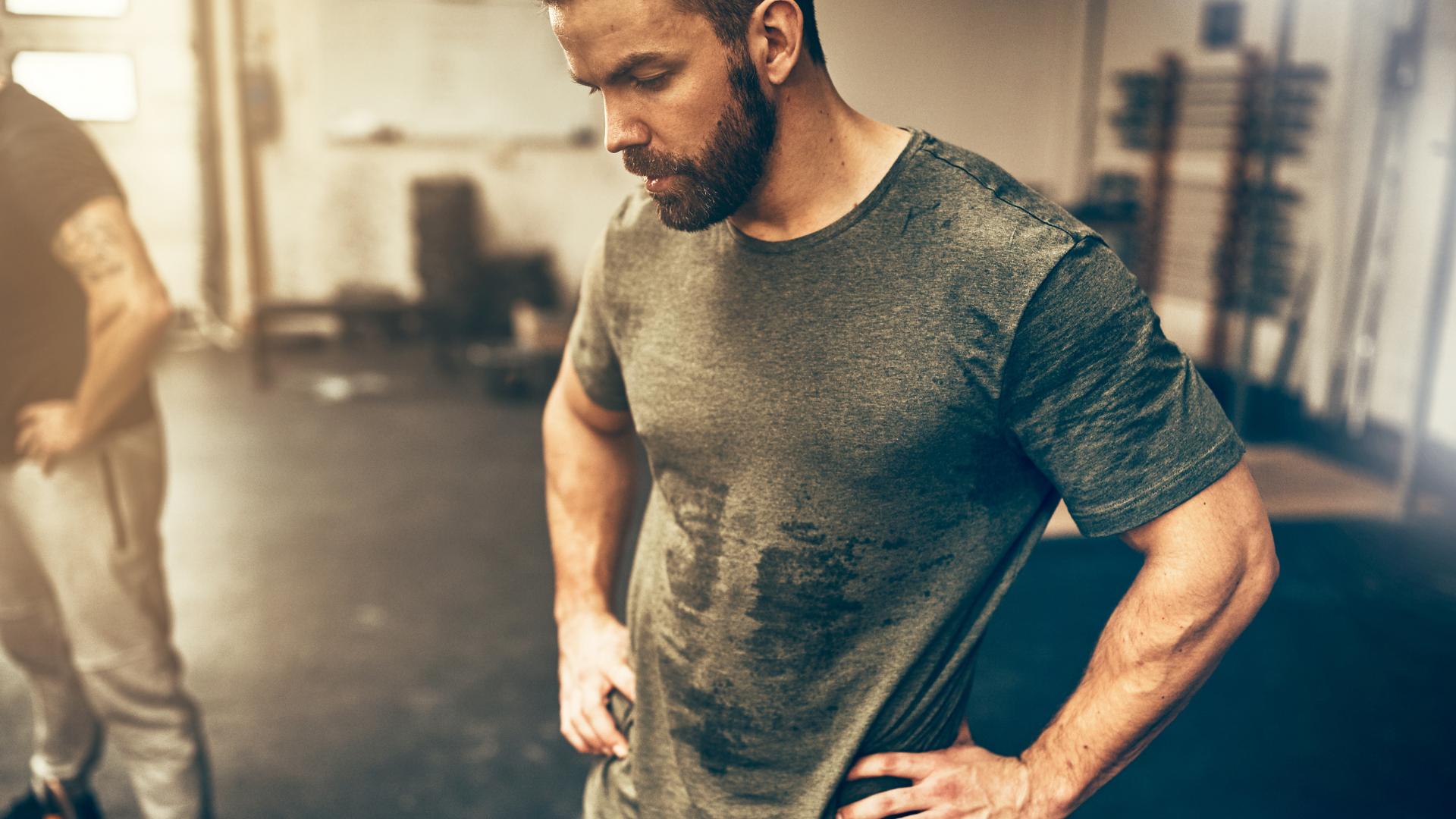Last week in our “Detox from Chemical Exposure Series,” we talked about how to stop further exposure. That’s essential. If you missed that blog, you can go back and read it here. This week we continue the series with step two: get things moving. (Please note this series is for educational purposes only. Please consult your doctor if you feel you’ve been exposed to harmful toxins or before starting any new wellness program.)
Think of your detoxification system as the body’s “plumbing.” Similar to the plumbing in your house, these various parts of the body have an important job—to safely carry wastes (and toxins) through the body to be eliminated.
To do this effectively, things need to keep moving through the “plumbing.” (Toxins need to keep moving through the detoxification system.) We all know what happens when plumbing gets clogged. The same is true for the detox system. If toxins aren’t moving toward elimination, they can build up in the body. That’s why it’s crucial to stay hydrated.
Increase Water
Many experts advise drinking half your body weight (in ounces) of water each day (up to 125 ounces). But it’s important to ease into it. A dehydrated body won’t use water efficiently if it’s not accustomed to it.
Think of a very dry pot of dirt. What would happen if you suddenly poured a gallon of water into it? It would probably run right through the dirt and leak out of the bottom of the pot. That’s because the dirt can’t hold that much water when it’s dry.
Likewise, if you are dehydrated or aren’t used to drinking a lot of water, your cells probably won’t be able to hold onto the water at first either. (You may actually find yourself like a leaky pot with an increased need to urinate!) So go slow, and ease into it.
Also, be sure that you are drinking clean, filtered water. As we mentioned in the first part of this series, in order to properly detox, you must first stop further exposure. And just like air filtration, not all water filters are created equal either. When it comes to removing chemicals from water, reverse osmosis filtration is one of the most effective.
Open Up the Plumbing
The body’s detoxification system (aka plumbing) consists of the liver, kidneys, skin, digestive system, and lymphatic system. These systems have a few things in common—they need water, and they all work to remove toxins and wastes from the body. But each eliminates differently.
The Skin
Believe it or not, your skin is a major detoxification organ. It eliminates toxins from the body through sweat. If the body does not have enough water to create sweat, however, these toxins will not be removed efficiently. To keep things moving through your skin, it’s important to exercise and use a sauna. If you’re exercising in a home gym make sure you’re purifying the air as increased breathing rate can cause you to inhale more toxins during exercise (treadmills, equipment, and rubber flooring all emit harmful airborne pollutants.)
Lymphatic System
The main function of the lymphatic system is to pull toxins from every cell in the body. It then sends these through lymph nodes that act like a filter for harmful substances. It moves lymph fluid through the body somewhat like the cardiovascular system moves blood. (So, again, water and hydration are important.)
A major difference is that the cardiovascular system has the heart to pump blood throughout the body whereas the lymphatic system does not have a pump. It relies on movement to keep things going. (That’s why a sedentary lifestyle can hinder detoxification.) Perhaps consider rebounding (jumping on a trampoline) for better lymphatic flow.
Another way to increase lymphatic drainage is dry brushing. Some people find that brushing the skin near their lymph nodes helps to increase better sweating and the expelling of toxins.
Glymphatic System
An important part of the lymphatic system is the glymphatic system, which primarily removes toxins from the brain. Again, if the body is dehydrated the lymphatic fluid can become too thick and toxins won’t be properly removed from the body or brain. Also important for proper glymphatic function is sleep. The glymphatic system functions primarily during sleep and is mostly inactive during wakefulness. (If you’re not sleeping well or entering deep sleep, consider an Austin Air purifier as toxins in the bedroom are a major contributor to poor sleep.)
Liver and Kidneys
The liver is the body’s main filtration system. It converts toxins into waste products. Therefore drinking enough water is crucial for the liver’s detoxification as it not only helps to remove toxins, but also flushes the liver tissues. Likewise, water helps the kidneys remove wastes from the blood in the form of urine.
Digestive System
Last but not least, there is the digestive system. Toxins are sent through to the bowels as waste and eliminated as stool. If the body is dehydrated it can result in constipation and toxin buildup. An adequate supply of dietary fiber can also help prevent constipation and toxin buildup.
Stay tuned next week for part three of our How to Detox After Chemical Exposure series.
